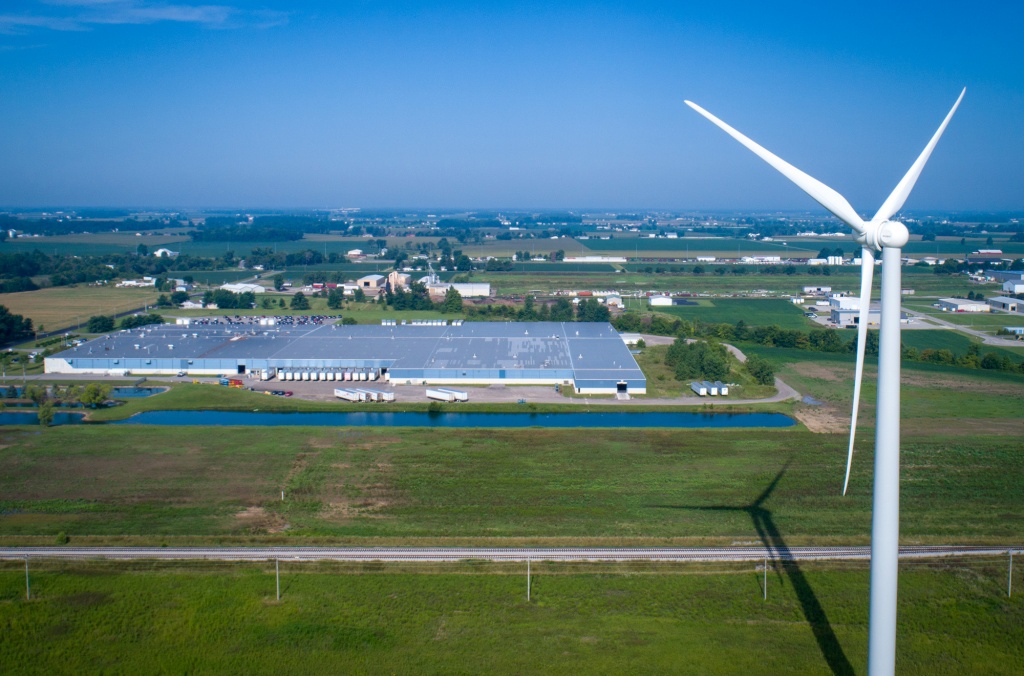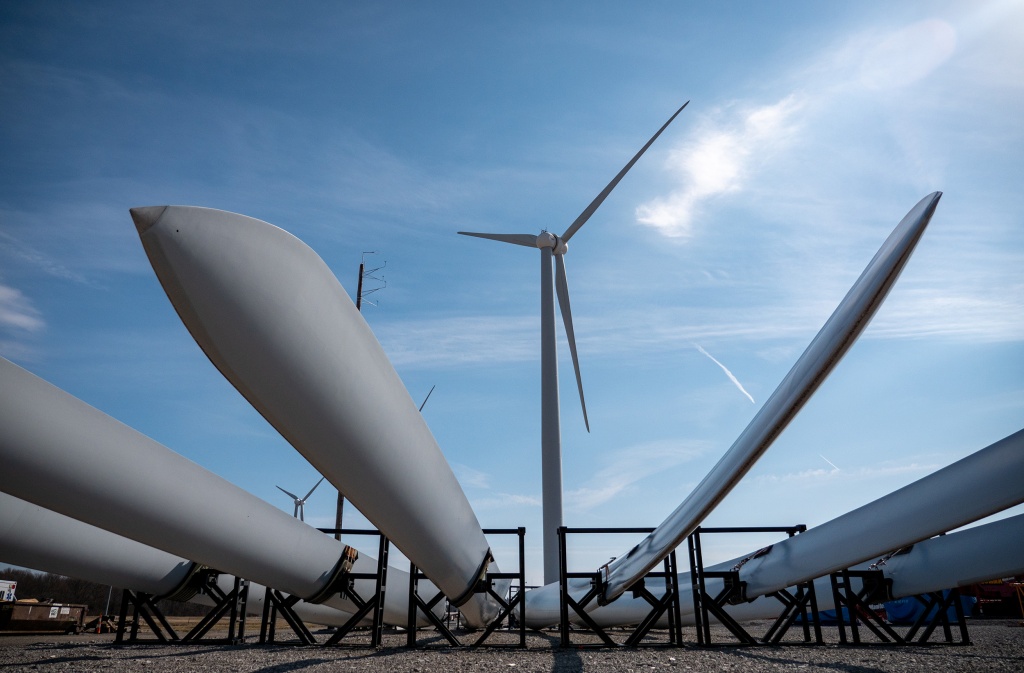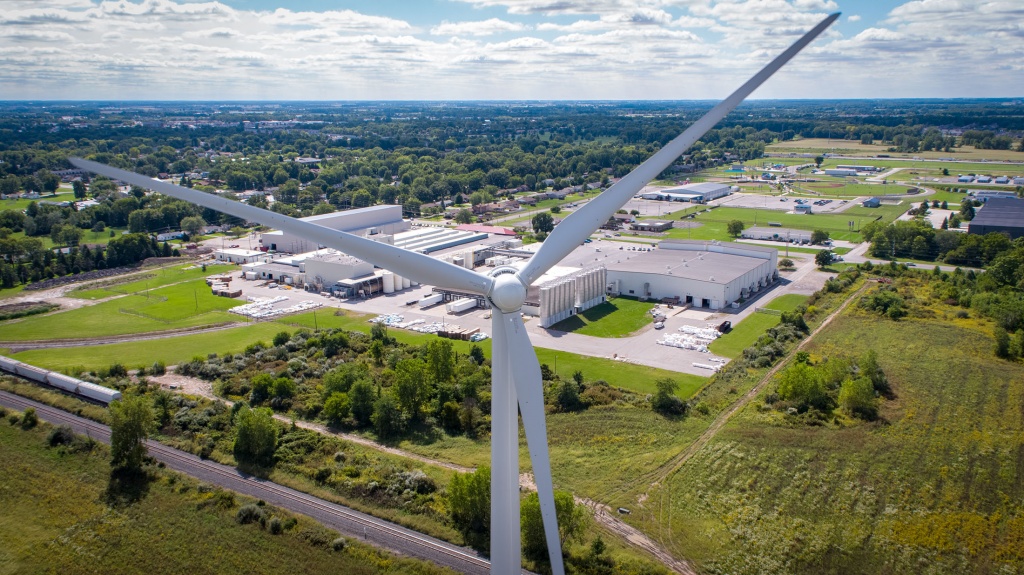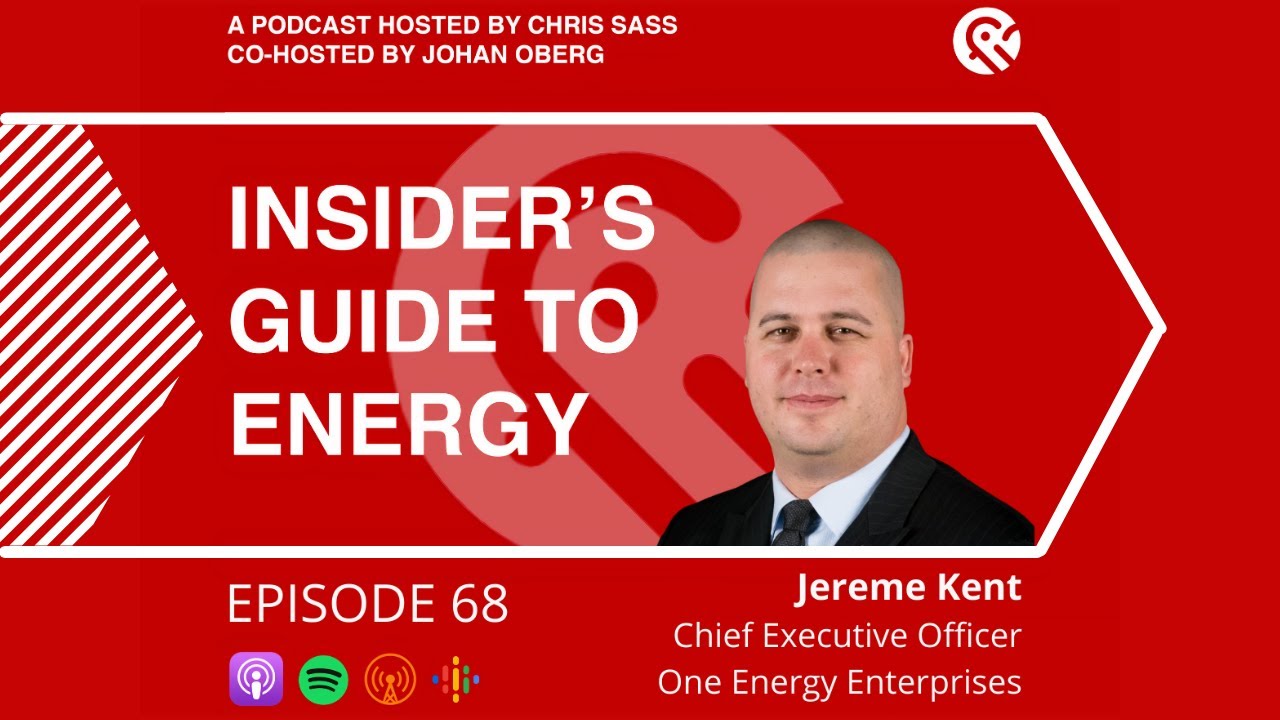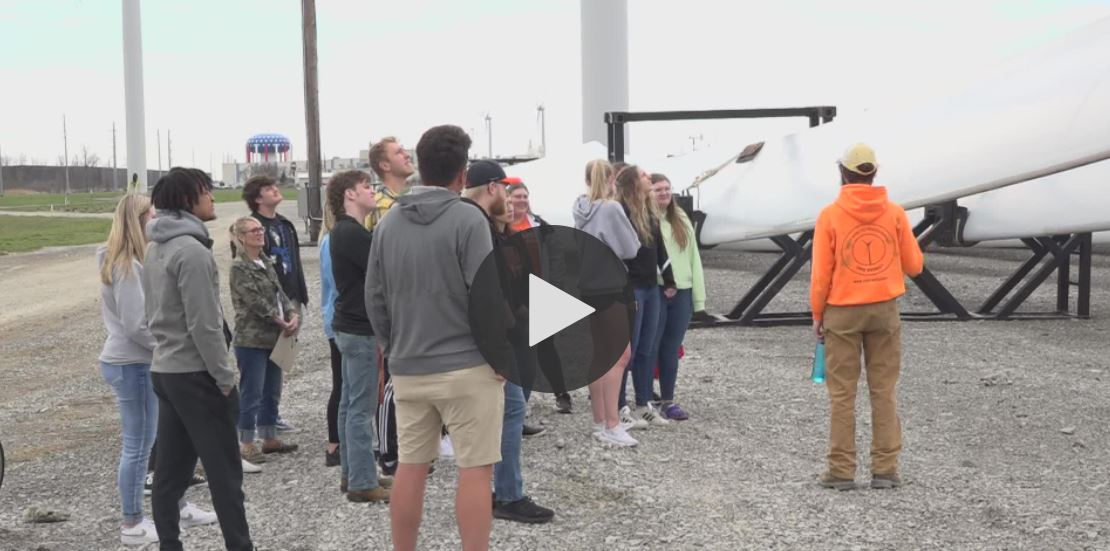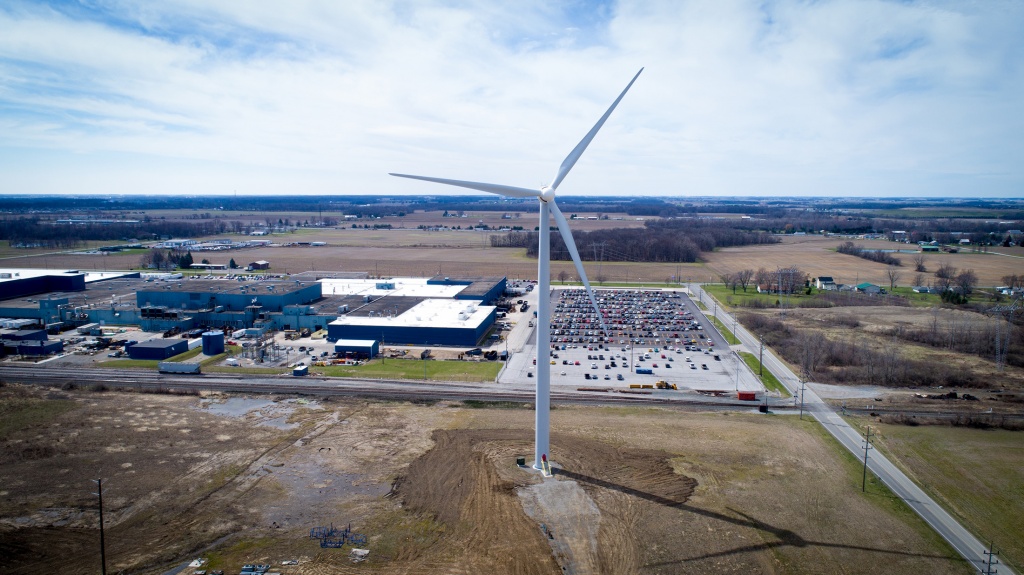ONE ENERGY FEED

SUBSCRIBE
CONNECT WITH US
News Filters
Filter By Category
A Day in the Life
Climb to the Top
Customer Announcement
Executive Thoughts
OE in the News
Press Releases
Safety Minute
Science Shorts
Technician Talk
Tours and Community
Wind Energy Facts
Wind Study
Wind Views
May 19, 2022 – Technician Talk | Transformer Oil Testing


May 18, 2022 – Wind Views | Our Generators Weigh a Ton (50 to be exact!)


May 16, 2022 – Wind Study | Question 7


May 11, 2022 – Wind Views | Blue Skies and Turbine Blades


May 04, 2022 – Wind Views | Setting a Nacelle


April 29, 2022 – Wind Study | Answer 6


April 27, 2022 – Wind Views | Lower-Mid Tower Stacking


April 25, 2022 – Wind Study | Question 6


WHERE WOULD YOU LIKE TO GO NEXT?


